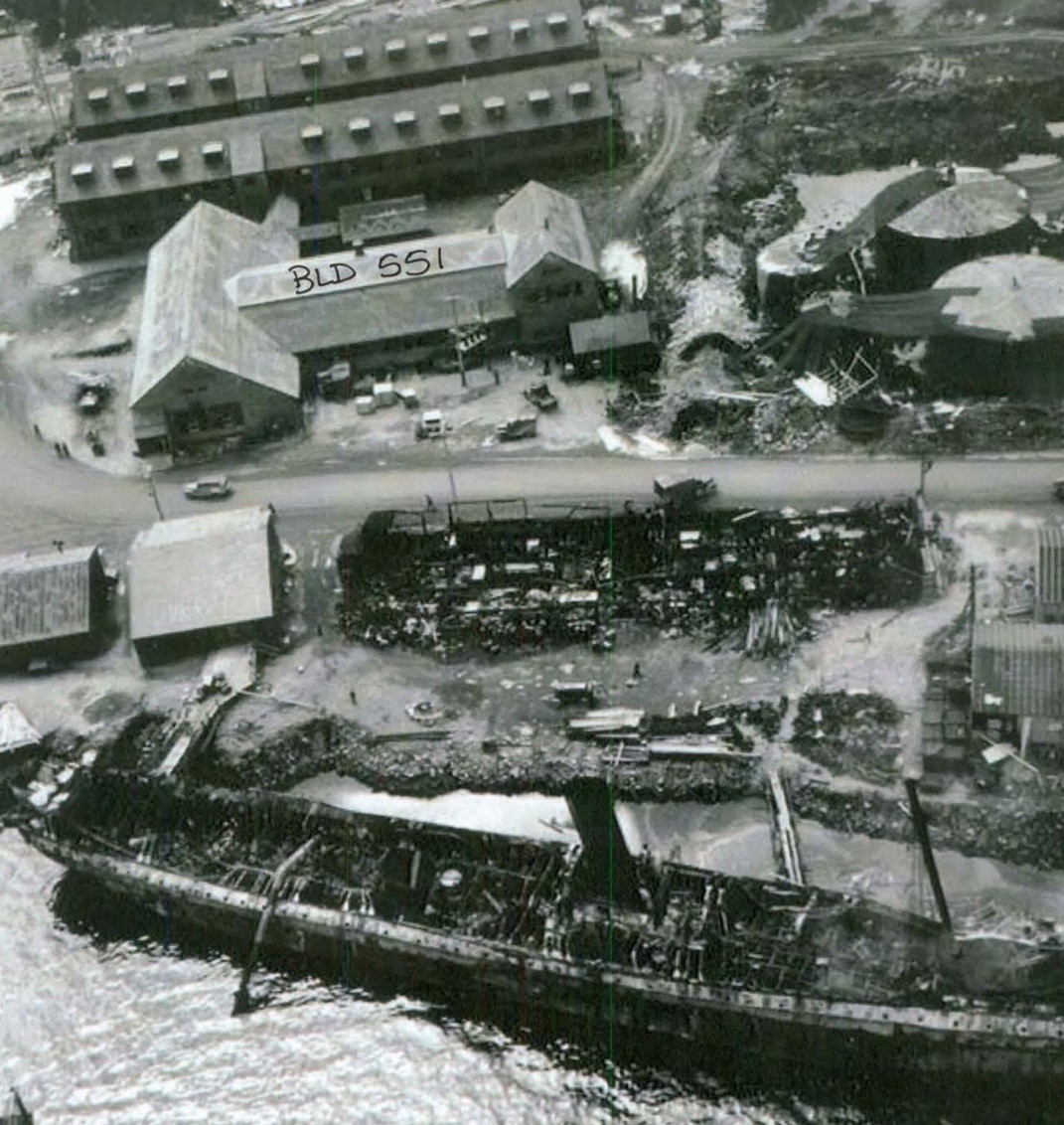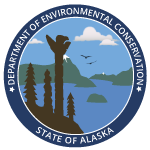Introduction to Contaminated ANCSA Lands
Table of Contents
What is ANCSA?
The Alaska Native Claims Settlement Act (ANCSA) was created to settle ancestral claims by Alaska Natives to over 360 million acres of land in the state. At the time of its signing on December 18, 1971, ANCSA was the largest land claims settlement in United States history, transferring 44 million acres of land from the federal government to Alaska Natives, along with cash payments. ANCSA divided the state into twelve private, for-profit Alaska Native regional corporations and over 224 Alaska Native village corporations to receive the lands and money. These corporations were tasked with selecting lands that would later be conveyed to them and their shareholders.
Learn about the Alaska Native Claims Settlement Act by visiting the ANCSA Regional Association website.

Native corporations created as a result of the signing of ANCSA and their boundaries.

Contamination to the environment can occur in many ways. This picture shows the aftermath of the June 4, 1942 bombing of Fort Mears in Dutch Harbor. Contamination released by this bombing is now being cleaned up using funds from the ANCSA Contaminated Lands Assistance Program.
What are Contaminated ANCSA Lands?
Unfortunately, the land selection process did not originally include screening for and addressing existing environmental contamination that occurred on ANCSA lands prior to conveyance. Contamination can pose health concerns, impact subsistence resources and natural ecosystems, and impair economic activity.
Today, there are over 1,200 sites on ANCSA land that were contaminated or potentially contaminated prior to conveyance. As the previous owner, the federal government is responsible for the cleanup of Contaminated ANCSA Lands. In 2023, Congress appropriated $20 million for the Environmental Protection Agency (EPA) to create and implement a program to assist Alaska tribal entities with cleaning up Contaminated ANCSA Lands, and $7 million through the EPA to DEC to inventory and verify sites that are eligible for the EPA assistance. That support has since been extended with further congressional appropriations, and the inclusion of ANCSA cleanups in other federal grant programs such as the Community Change Grants.
What has the State Done?
Prior to the new programs and funding which were launched in 2023, DEC had been working to address Contaminated ANCSA Lands through several actions. DEC’s Contaminated Sites Program has been actively overseeing the cleanup of approximately 40% of the known ANCSA contaminated sites where cleanup is already occurring. Alaska Statute 46.03.822 requires the responsible party who caused the contamination or owned the land at the time the contamination occurred to clean it up. At many of the ANCSA sites, the responsible party is a federal agency. For example, the Department of Defense’s Formerly Used Defense Sites program is the cleanup agency for over 400 sites that the military contaminated, and has completed cleanup at over 200 of them already. At other sites, it may be a private corporation which was permitted to conduct activities such as mining on lands which were federally owned prior to ANCSA.

A DEC ANCSA specialist documents a historic drum dump on ANCSA-conveyed land.
The State has also long been advocating for the federal government to take full responsibility for Contaminated ANCSA Lands. In 1990, 1995, and 2014 Congress ordered the federal Bureau of Land Management (BLM) to prepare reports and plans to clean these lands up. In 2016, BLM released the last of these reports, which included an inventory of 1,179 sites they had identified. DEC reviewed all of those sites and assembled an updated version of the inventory based on further research and State records. The DEC review of the BLM inventory was used as the starting point for the new EPA inventory being used to award clean-up funding. There is still a lot of work to be done, and the DEC ANCSA program is working actively to ensure progress continues to be made.
In 2023 DEC received federal funding for the first time to provide direct assistance to Alaska Native entities concerned about these contaminated lands. EPA grant funding is now available for cleanups, and DEC is taking the lead on identifying all the potentially contaminated sites, getting them added to the official EPA inventory, and verifying the status of contamination. See the links below to learn more about each stage of this process. In the first year of this program, DEC staff verified over 400 sites by comparing the EPA inventory to existing reports, visited over 20 potentially contaminated sites to conduct in-person verification, and traveled to communities across the state to spread awareness of the new resources and learn more about how we can serve Alaskan’s needs even better as we develop this new program.
Learn More about DEC site identification and verification services.
Learn more about where Contaminated ANCSA Lands are located.

 Indicates an external site.
Indicates an external site.